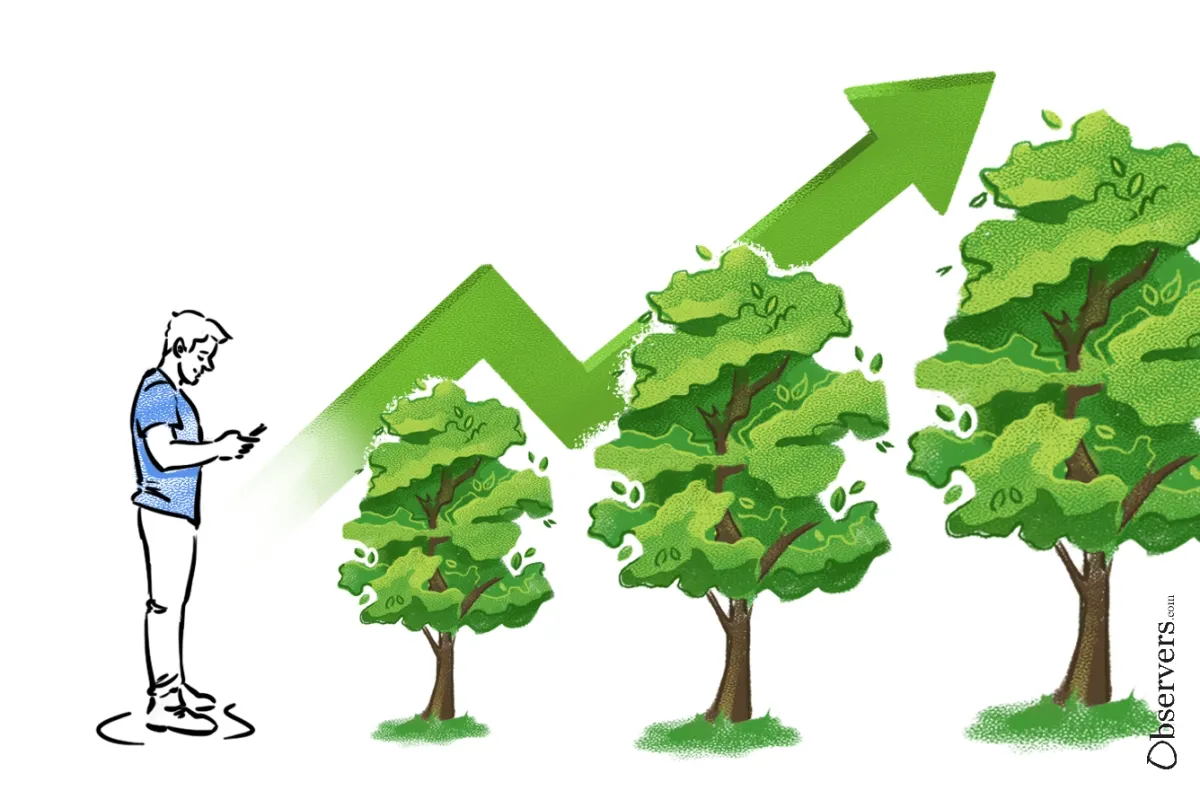
Last year, the local government in the industrial city of Kawasaki, Greater Tokyo, and the communication hardware company Fujitsu launched a project to encourage environmentally friendly behavior from companies and local citizens.
The initiative is centered around the "Green Carb0n Club" mobile app, which uses several gamification tools to motivate users to change their habits in alignment with the city council's goal of achieving net-zero CO2 emissions by 2050.
Kawasaki's local administration and Fujitsu had already conducted trials for an environmental app in 2022. From that first test, they learned that rewards, such as coupons for sustainable products or services, "led to an increase in environmentally friendly actions amongst citizens."
Rewards, leaderboards, progress bars, and challenges are all game elements that can be applied to non-game contexts to incite user participation in achieving a specific goal. This gamification of a project aims to increase engagement, motivation, and enjoyment by appealing to people's instinct to pursue pleasure and fun.
The strategy requires technology to provide the game elements, which is where blockchain comes in.
Gamification is commonly used by crypto projects to grow the adoption levels of new projects. Blockchain elements, such as non-fungible tokens, shared governance, composability, and smart contract-enforced rules, can easily be deployed as motivational game-like components that reward participation, provide feedback, and foster social recognition.
In recent years, several major corporations, such as Starbucks and Nike, have started using blockchain gamification to boost loyalty programs, increase brand awareness, and promote new products.
This approach can also promote a shift in consumer behavior towards more sustainable lifestyles in addition to profit and growth.
When applied to environmental change, Chinese researchers concluded that "gamification can encourage and reinforce green consumption behavior by making sustainable choices more rewarding, fun, and social."
This may be the strategy's best use case as it combines two types of motivation: one external, arising out of the gaming experience, and one internal, spurred by the feeling of helping others and working towards a common goal.
In their first attempt at building an environment app, Fujitsu and the Kawasaki local government noted that a sense of achievement and relatedness to the project's mission increased engagement.
In the crypto ecosystem, Sweatcoin has become one of the most popular apps for motivating users to change their behavior by rewarding physical activity with $SWEAT tokens. The project's main goal is to promote healthy habits, yet it also incentivizes the use of zero-carbon modes of transport like walking or riding a bike.
Individual behavior alone won't save the planet. But gamification has a robust educational component that, combined with the incentive for action, joyful engagement, and network effects, can change the demand curve of the most pollutant markets.

